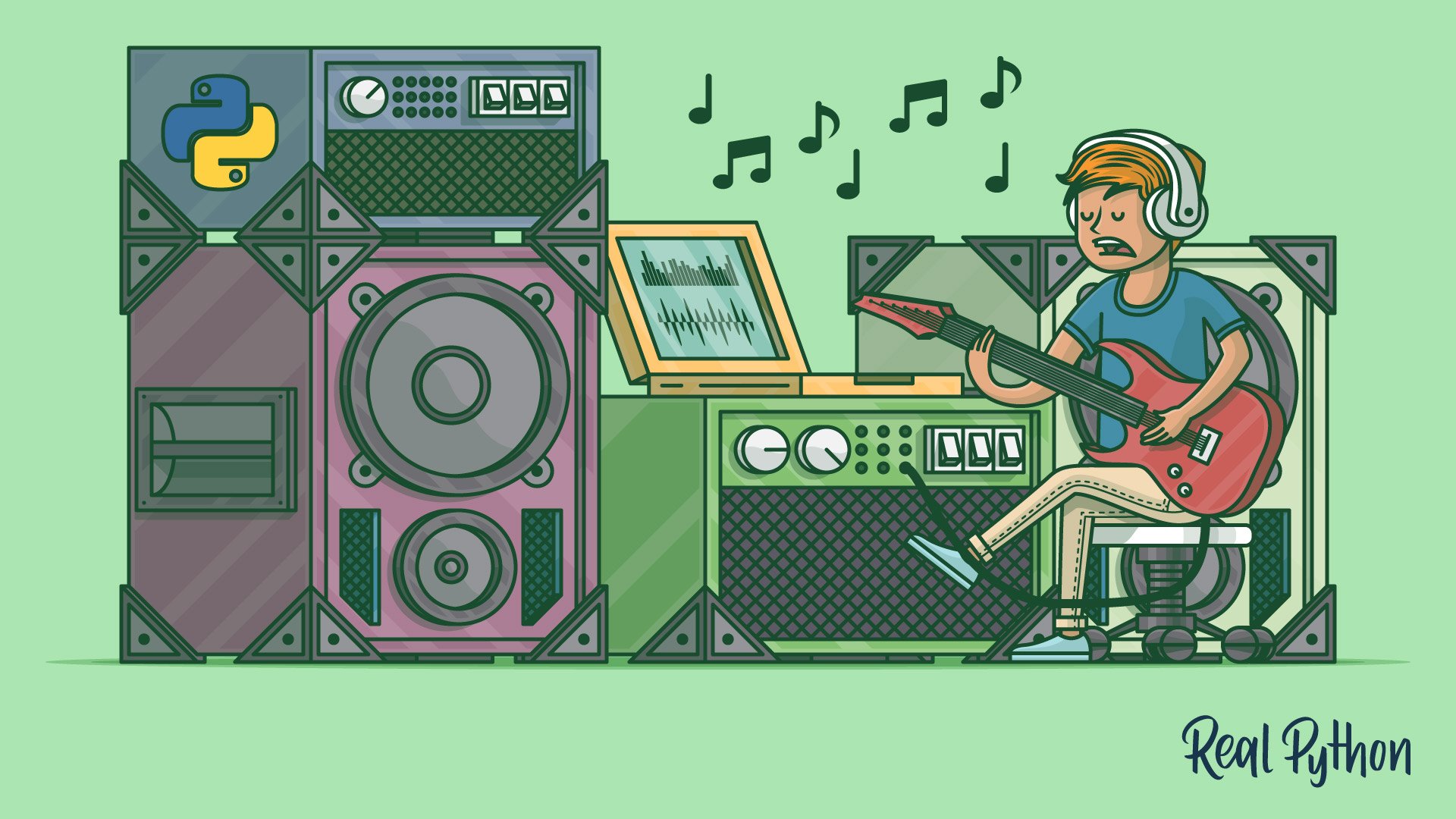
Please see our Content Redistribution Policy.// add jquery to load $(".my_audio"). This content may not be republished in print or digital form without express written permission from Berkeley Advanced Media Institute. You’ll see the timestamp on the screen start to advance. Make sure you press the button twice and see a steady red light. If you press only once, you will see a blinking light, and you will be in “record pause” – in record pause, you aren’t yet recording. To start recording, press the red button two times. Be sure to test the levels when your interviewee is speaking at a natural volume.You want to adjust the volume of the input so that the level stays around -12dB.You’ll most commonly see 44.1 kHz and 48kHz audio. Recorder.js will record 16bit mono/2 channel audio at the sample rate is set in your OS for your playback device (as per the spec). wav data so it is not blocking the browser tab or making it unresponsive. Input 1 corresponds to the left wheel, and Input 2 corresponds to the right wheel. Recorder.js is smart in that uses a Web Worker to put together the.You adjust the levels with the input volume wheels on the front.Press the red record button to begin monitoring levels (pressing twice starts the recording).Plug them into the headphones jack on the left side of the device. You’ll find a pair of headphones in your Zoom kit. To make sure the recorder is set to record through the external microphone, make sure the Inputs 1/2 are selected. Then tell the recorder to record in 44.1khz/16 bit. In most cases, you’ll want to select “Multi File.” Verify that all important contents are accessible at another location (your computer, external hard drive, etc.) before formatting. Note: Formatting erases all current data. It is important to format your SD card before recording to ensure that it is clear of other data and compatible with the Zoom.

Connect the reporter mic to the Zoom using the XLR cable. The handheld microphone comes with an XLR cable that attaches from the bottom of the mic to Input 1. Inputs 1 & 2 are built for a three-pronged input cable called XLR.

The problem is this microphone is not suitable for interviews or capturing single, isolated sounds (it’s better suited to recording musical instruments or performances).

The Zoom comes with an XY cross-directional microphone on the top of the recorder.Looking at the front of the recorder, insert the card face up.Open the door on the side labeled “SD.”.Load the card into the slot on the righthand side of the device. You have two choices: AA batteries or plugging the recorder into the wall.

The Zoom H5 has no internal battery source. The Zoom H5 is a digital audio recording device that saves audio onto a Secure Digital High Capacity (SDHC) card – the same kind of card used with most digital cameras.


 0 kommentar(er)
0 kommentar(er)
